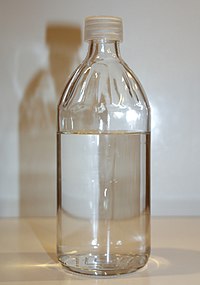
Shifts from methyl chloride sink to source functions within a coastal salt marsh in eastern China: an examination of the effects of biomass burning prohibition policies
Sign Up to like & getrecommendations! Published in 2017 at "Environmental Science and Pollution Research"
DOI: 10.1007/s11356-017-0965-3
Abstract: Our previous study found that a salt marsh in eastern China can act as a large CH3Cl sink. One striking finding of this previous study was a strong relationship between high-ambient CH3Cl concentrations and fluxes… read more here.
Keywords: biomass burning; salt marsh; prohibition; concentration ... See more keywords

Control of methane chlorination with molecular chlorine gas using zeolite catalysts: Effects of Si/Al ratio and framework type
Sign Up to like & getrecommendations! Published in 2020 at "Catalysis Today"
DOI: 10.1016/j.cattod.2020.01.014
Abstract: Abstract CH4 chlorination with Cl2 gas is used for the production of chlorinated products via C H bond activation in CH4. Due to the high reactivity of Cl2, this reaction can occur spontaneously under UV… read more here.
Keywords: chlorination; gas; ch4; framework type ... See more keywords

Correlated production and consumption of chloromethane in the Arabidopsis thaliana phyllosphere
Sign Up to like & getrecommendations! Published in 2017 at "Scientific Reports"
DOI: 10.1038/s41598-017-17421-y
Abstract: Chloromethane (CH3Cl) is a toxic gas mainly produced naturally, in particular by plants, and its emissions contribute to ozone destruction in the stratosphere. Conversely, CH3Cl can be degraded and used as the sole carbon and… read more here.
Keywords: thaliana phyllosphere; production; arabidopsis thaliana; chloromethane ... See more keywords

Evidence for a major missing source in the global chloromethane budget from stable carbon isotopes
Sign Up to like & getrecommendations! Published in 2019 at "Atmospheric Chemistry and Physics"
DOI: 10.5194/acp-19-1703-2019
Abstract: Abstract. Chloromethane (CH3Cl) is the most important natural input of reactive chlorine to the stratosphere, contributing about 16 % to stratospheric ozone depletion. Due to the phase-out of anthropogenic emissions of chlorofluorocarbons, CH3Cl will largely control… read more here.
Keywords: isotope; budget; source; ch3cl ... See more keywords